We warmly welcome Alex Chionetti, author of Mysteries of the Tayos Caves, as our featured author for February. Alex has spent over three decades, exploring, investigating, reporting and writing about world enigmas in both the past and the present. In his article, he introduces readers to the extensive research he conducted into the Tayos Caves – a subterranean system located deep in the Ecuadorian rainforest. Reconstructing historical expeditions and his adventures in the Tayos system, Alex outlines the legends, secrets and discoveries made in these captivating caves.
Interact with Alex on our Forum here.
“Mysteries of the Tayos Caves is an utterly fascinating book that delves into the amazing history, legends, stories and traditions of the vast Tayos cave system in the Amazon and the spectacular treasures and earth-shattering secrets said to be hidden there. This book also chronicles the author’s own harrowing exploration of the cave system. From beginning to end, a gripping read!
DOUGLAS PRESTON, AUTHOR OF THE LOST CITY OF THE MONKEY GOD
“As a person who has spent decades looking for a legend, I can appreciate Alex’s tenacity about the mystery of the Tayos. Alex leaves no stone unturned and explores every crevice of the Tayos story”
STEVE ELKINS, DISCOVERER OF THE LOST MAYAN CITY OF LA CIUDAD BLANCA, EXPLORER, AND AMERICAN CINEMATOGRAPHER
The Cuevas de los Tayos is a cavern complex in the Amazon rainforest of Ecuador. This enigmatic cave system presents two unusual characteristics: the underground megalithic structures extracted from natural formations, and the persistent legend of a metal library hidden deep, somewhere in the many galleries contained within the complex. Overlaying these mysteries is the mother legend of the Jivaro people, to whom this cave is sacred. This myth speaks of an advanced ancient race who dwelled in underground tunnels, linked to this cave system, that ran along the Americas.
The mysteries surrounding this remarkable cave system led to a flurry of expeditions that were carried out, primarily in the 60s and 70s. Many attempts were made to discover the secrets and treasures concealed within.
Chronology of the Expeditions to the Tayos Complex
1957 – Petronio Jaramillo, a military man, alleged to have found a “cave full of marvellous treasures”.
1968 – A Mormon sponsored expedition led by speleologist Julio Goyén Aguado, who claims to have seen a chamber with a “Metal Library” – which had supposedly been found by Juan (Janos) Moricz (a Hungarian-Argentine explorer) a few years earlier.
1969 – An Ecuadorian expedition combining the army with a civilian party, guided by Moricz, explored the cave system and photographed it. It was these photographs that went on to inspire Erich Von Daniken’s best-selling book “The Gold of the Gods”, published in 1974.
1976 – The book galvanized Scottish engineer Stanley Hall to organize the biggest speleological expedition to the caves in history. Masked as scientific enterprise the objective was to enter and retrieve the Metal Library.
2006-2009 – Alex Chionetti organized four expeditions to different caves within the system. He was the first to record in HD the subterranean marvels, he also discovered strange small sculptures and gold panels in one of the cave’s ceilings.
In the Beginning
The saga of my exploration of the Tayos Caves began at an early age, when the dreams of research, in what was a restless adolescent, would take decades to translate into concrete expeditions typical of the classical or 19th century.
Although at first, the framework was one of the least explored and longest systems in South America, the Caves, (located in the Province of Morona Santiago-Ecuador)- remained unexplored for half a century after the first reports of its existence.
And even though many expeditions were carried out in the sixties and the seventies, the underground marvels of the Ecuadorian Amazon remain poorly investigated, despite their connection with a plethora of legends that have withstood the test of time.
After meeting and later forming close friendships with the main discoverers and researchers of the place, I was initially unaware that accepting to follow them would not only thrust me into the hurricane’s eye but also put me on a path toward multidisciplinary fields of archaeological and anthropological mysteries, and beyond.
Although, it took decades to try and bring the theme of the Tayos system to the most prestigious institutions of scientific exploration. We had to wade through layers of apathy, controversy, conspiracy, disappointment, and despair.
The Sacred Birds
Since ancient times, these caves have been called “The Sacred Birds” because of the nocturnal birds that inhabit it. Such birds exist in similar cavities that extend from Venezuela to Argentina. The Tayos birds live in the dark, going out at night in search of vegetables and seeds, returning at sunrise, to their nests scattered in the ledges and hollows of the cave walls.
Many of these seeds fall to the floor of the caves causing the growth of a renewable phosphorescent forest, as well as this, sections of the cave, are dotted with crashed eggs, dying the cave’s surfaces with surreal underground watercolours.
The young birds are larger than a pigeon and their high content of oily fat makes them very appealing to the Shuar Indians (also called Jivaros) who live in the surrounding area. It is traditional, during the biannual pilgrimages to the different caves of the system, for the Shuar Indians to collect the birds, both for their consumption and for the extraction of their oil.
The main month of harvesting in the Coangos Cave is in the month of April.
Only men can carry out the harvest. This task is done by descending ladders made of vines – or braided and reinforced vines. Such a technique has been used, since the past, in this cave and others throughout the Ecuadorian Amazon.
At the same time, they carry long sticks of cane that reach six meters in length. At their ends they place swords for lighters, using them not only to light up but also to tear down the nests with the chicks.
The population of the Tayos birds is always self-renewing since many nests are in high and inaccessible angles of the caves. They migrate between the cave system, and not only live and die in it, but a certain nomadism has been corroborated.
This is how the flora of the cavernous soil is defined by the exogenous seeds that the birds have brought from the outside, such as small palm trees, small bushes of laurel or incense species. Although due to the lack of light they do not grow much, they are helped by the fertilizer, or guano, that circulates constantly in the caves.
Other interesting animal species in the interior are undoubtedly bats, and all kinds of aquatic invertebrates, and species of insects, with several arachnids species. At the botanical level, the soil rich in guano deposits (since the birds are also known as “aves guaneras” oil birds), provides the perfects environment for mushrooms of all kinds to grow.
The Main Caves
The main caves are exactly located:
West Longitude (W) 78 degrees 13 ‘
South Latitude 3 degrees 05 ’ —————Approximate altitude 800 meters.
The system is extended in the northern slopes of the Cordillera del Condor, from where the Coangos River descends from South to North, and whose basin runs through the main caves that have been the subject of so many legends and rumours since the late sixties. To reach them you must ascend about two hundred meters for two kilometers, as well as crossing a bridge over the river of the same name, one of the few bridges that have remained in good condition with respect to the rest of the region.
The Shuars of this community have little contact with civilization, maintaining traditional customs, and living in isolated cabins or huts. They live in a different universe from us, beyond our concepts of evil and good, embracing a different ethos that is departed from the Occident and from many other aboriginal clans from Amazonia. They believe in “Arutam”, a pantheistic God that is one with the rain forest. Their use of different types of hallucinogenic plants helps them enter alternate states of consciousness and reality where the rules of the game of life are totally different. Perhaps this is the reason that despite more than two hundred years of Christianization, many groups are returning to the source –to the call of the wild.
The first to give an account of the official existence of the caves was Colonel Victor Proanyo in 1860, who by accident found the entrance, but did not descend inside. Other military groups in the area explored the caves, but no methodological, speleological investigation took place until the seventies.
In 1969 the Ecuadorian Tourism Corporation (CETURIS) organized the first official expedition of the caves, directed by Juan Moricz, a Hungarian nationalized Argentine (his first original name was actually Janos).
As I would eventually go on to do, a group of about fifteen people, including military personnel, toured the land from the town of Limón Indanza to La Union, called that because it is where the Namangoza River meets the Zamora River, giving rise to the Santiago River. After crossing over a bridge (that existed at that time but no longer, it can now only be traversed using a pulley or “tarabita”), the explorers journeyed towards what they described as an “underground city”.
Sometime later, but in a secret way, the same leader of the tourist agency — who had strong military ties — returned to make a more detailed photographic survey. Although the main purpose was to find what Moricz had recorded in a notarial public deed. It turned out to be a fabulous discovery. An archaeological treasure in the form of metal sheets and artifacts of an ancient culture, different from the local or regional.
This deposition was not publicly known until a few years later when it was published in the surprising best seller of Erich Von Daniken “The Gold of the Gods” (1973). To Moricz’s surprise, the Swiss author had embellished the story (as he would personally confirm to me 20 years after that edition). Von Daniken had claimed he had, himself, seen a library of books and gold plates next to the high Hungarian prospector. What Von Daniken did not know was that Moricz had never revealed the true location of the treasure in the cave. Nevertheless, this claim would continue to confuse subsequent expeditions.
In particular, these findings would attract the attention of a Scottish engineer engulfed by the mysteries of the earthly past – Stanley Hall. Hall decided to set up an expedition to verify the story that Moricz had told Von Daniken, and who Von Daniken had told to more than 200 million readers around the world. Truth lies or fantasy. In less than six months the British had arrived. And with them came a single American – the first man who landed the Moon, who was also of Scottish origin, Neil Armstrong. Armstrong would not only be the godfather of this expedition but an emblematic symbol, of the exploration of the mysteries of Earth’s underground world.
Upon arriving Neil Armstrong had stated that:
“If I was the first to step on the moon, I also want to be one of the first to set foot in underground systems that have not been trampled by man.”
Julio Goyén Aguado, an Argentine speleologist would serve as a guide, accompanying Hall, along with Armstrong, in the descent. Aguado was an inseparable friend of Moricz and had previously led an expedition to the caves in 1968, so he was very familiar with the cave system.
Despite the good company, the expeditionaries would not find any depository of relics or golden books. What they did capture was fauna and flora that had never been filmed, or seen, by the world. Although, the real surprising discovery was the unknown world of cut and polished stones that resembled the megalithic blocks of the Pre Inca culture, which reached its apogee five hundred years before, less than five hundred miles from these jungles.
Caving and Geology
The Tayos system is an awe-inspiring place, its main attractions being waterfalls and high chambers with towering cathedral floors, the highest in South America.
Unfortunately, after the 1976 expedition, there were no more methodical explorations, except for some military expeditions, and “mystical/new age tourism”, accelerated by the sensationalist advertising that came from the book “The Gold of the Gods”, and that was renewed with a popular television episode of “Ancient Aliens.”
What we do know is that the caves are millenary geological formations whose natural morphology has been in certain sections modified by man. It is a set of connected caverns or underground galleries, which have a diversity of dimensions in width and height.
The heights are variable, from 100 to 300 meters wide. There is enough air in the interior that allow oxygen to penetrate the main mouth as well as the openings along the roofs where gaps let in sunlight.
They have a measured length of 4.9 km, being the longest caverns on the continent, reaching a depth of 186 meters in parts, from the entrance of the “Command Room”, to a decline that continues after the room of the stalactites.
The simplest explanation of the complex and sinuous nature of these caverns is that their morphology was produced by the action of the river that was cutting or eroding the immense sandstone rocks, progressively sinking its bed, as a result of the three main streams of water inside, that run very close to each other, but whose beds do not connect. The largest stream forms a waterfall 30 meters high. The most superficial explanation says that the irregularity of the various galleries, some of which have the appearance of artificial ones, is due to the rock strata with different thicknesses that were and are subject to constant erosion for millions and thousands of years.
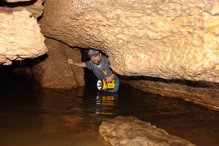
Alex exploring one of the Tayos Cave systems on the land of the Sharupi Family – Photo Credit: Alex Chionetti Archives
The geological structure of the cave is made up of a type of sandy shale, or sandstone. Towards the deepest levels, schists and slates are found that differ physically and mechanically in their nature, and so are difficult to compare with other caves that have the same geological constitution and erosion.
Due to the long subsidence, reduced calcareous formations are noticed, as well as reduced evidence of flooding of the currents that initially formed the caverns, and that contributed to forming the current throat of the Coangos River.
The thickness, as well as the nature of the rock strata, varies as we go to its depth, where the power of carving and dissolving water on calcareous rocks is evident, and for some, capricious. Thus, they explain that the displacements or collapses of this type of calcareous rocks are a product of the phenomenon of diastrophism. But, this cannot explain “The Portal” or “The Arch”, which opens before arriving at the highest gallery – baptized Stanley Hall – or that later gives step to the aforementioned “Hall of Commands”, so-called by the first group of British militaries who made the first incursion or prelude exploratory.
The great gallery has two hundred and fifty meters of hillside and is followed by long and irregular rocky galleries full of difficulties, some wide and others very narrow, in an environment of eternal and fascinating darkness. Megalithic walls were found around the caves that measured between five meters long and two and a half meters high, closer to the junction of the Coangos River with Santiago.
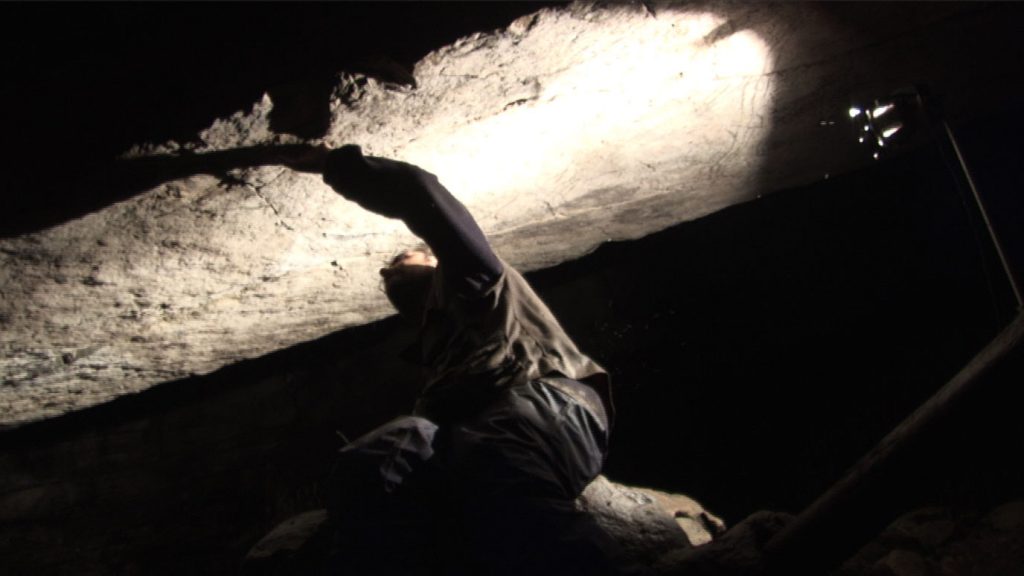
Alex inspecting the bigger monolith-holding massive block – the threshold of access to the deeper grounds of the cave system – Photo Credit: Alex Chionetti Archives
Concrete Archaeology
During the 1976 expedition, one of the principal objects found in the cave was a wave of red mud, 50 cm in diameter, with a mouth of 35 cm, which lacked a neck and rested on a 5 cm base, without any prominent figure or carving. The peculiar thing was that several pieces of ceramics and jewelry —metals, rings and pendants— also an oil lamp, and a Spondylus shell were found here. These objects were dated to a historical strip between 400 and 800 BC. A burial mound was also discovered. It was said that a skeleton was found there, to which many of these relics belonged.
As a result of these findings, it was interpreted that the region was first populated and depopulated BC. This was due to the invasion of groups who reached the Santiago River and continued towards the Inter Andean Region. Leaving only tiny, isolated groups at first called Jivaros, they are now called “Shuars”.
During the excavations, many objects started to deteriorate when they came into contact with the air. Some relics were brought to Ecuador’s capital, while others were transported to London, although their trace is still unknown.
First & Second Expeditions: Chumbitayu
It was a long wait, requiring stone patience before I was able to organize my expedition to the Ecuadorian jungle of the province of Morona Santiago, named by the tributary rivers of the same name. In order to reach the Chumbitayu system, we had to take a detour from our main goal which was to explore “The Tayos Caves” of the Pastaza. When we arrived the Chumbitayu system showed a long-collapsed cave with double galleries and a relatively unexplored lake which went on for four miles. During the exploration, we found a small population of Tayos birds, as well as geological formations that appeared to be somewhere between artificial and natural with the shape of various earth and water faunas.
The most intriguing finding was what I called the refractory panels, a rectangular double frame inscription (1 meter long) at the roof of the cavern. Impossible to ascend to the cathedral ceiling, the lens of the camera gives the impression that it is covered with bright gold dust. After witnessing this I asked myself if it was this element that gave pass to the creation of the legend and reality of the golden sheets, or metal library?
Third Expedition: Coangos Cave
It was a momentous occasion when I finally reached my main goal of descending the legendary Tayos Caves— the center of the ceremonial retrieve of the oilbird during the year by the Shuar tribes. The place where previous bigger expeditions occurred during the late sixties and mid-seventies—and where the legend of an underground megalithic citadel with multiple chambers containing the metal library still lives.
For safety, I chose to follow the same itinerary and terrain that was used during the 1969 expedition. However, we faced many complications along the way. For example, the logistics of bringing a generator through the jungle was incredibly difficult. The terrain was not only extremely wet —as the rainy season had already started, but the conditions of the broken and dilapidated bridges proved to be mighty obstacles. In addition, my itinerary had to cross through several rivers and tributaries, many of which had bridges that could not be crossed, so we had to look for alternatives. Thankfully, this time I was escorted by the GIR, (Group of intervention and Rescue), a kind of SWAT team of the Ecuadorian special police unit, who trained me during a month before in jungle survival and self-defense in all terrains, in case of any attacks from tribes that did not appreciate our presence in the jungle.
In “La Esperanza” (The Hope), a considerable town over the Namangoza, we found one rock with carvings. Interpretation of petroglyphs is always a delicate task and is often skewed by the subjective imagination. For previous explorers, the rock related to another recurrent legend: the lost treasure of Atahualpa. For others, they were maps of the landscape and surroundings. What was clear was the images of the animals, such as lizards or geckos.
After spending the night at the floor of the local school, and waking to a cloudy ominous morning, my guide who was part of the previous expedition, deserted us, in fear of hostile old enemies. This same fear passed to the rest of my crew.
When they all decided to return to the capital, I confirmed that I was going to continue alone, against all odds and bad omens. They then decided to stay with me, alleging I was their responsibility to their superiors.
Voyage to the Center of the Enigma
The only entrance known is a slippery hole in the earth, almost invisible as a result of the surrounding dense vegetation. It took some time to establish a system of cords that would allow us to rappel down 85 feet. The journey into the Tayos Caves was beyond my expectations. As we descended into the belly of the earth, through the endless shaft, surrounded by thousands of quaking birds, I experienced the first hint of an “otherworldly” sensation that creeps along your spine.
We found the main section of the cave called “The Stone Gate”, (now called “The Moricz ’s Gate”), where a peculiar stone called the “cornerstone” (so named after the 1969 expedition) was located.
After years of analysis with the consultancy of expert geologist, we concluded that a different form of architectonic or construction technique was applied to the deep structures of the caves. Two big galleries were drilled, and their debris was moved to the center of the biggest gallery with cathedral ceilings. “The Stone Gate”, apparently made by the waters of the protruding rivers, give the impression of a brick wall, similar to the massive megalithic constructions spread along both sides of the Andean range, including the “eyebrow” of the Amazonian jungle where the cave systems extend.
The cave runs to the right, and a second minor drop, required additional ropes and ladders, opening to a landscape better suited to a Jules Verne’s adventure.
Inside I inspected the polished ducts, the stone gate, and the apparent megalithic stones that hold the interconnecting blocks and separate the second gallery from the bigger hall. After passing the stone arc you see a pile of curved rocks that look like bread cut into perfect slices. There were also other peculiar geological features resembling stone steps climbing to a natural quartz pyramid. Continuing to the bottom a section of stalactites and stalagmites preluded a pool of petroleum, another richness of the region together with uranium and gold veins.
As I was sure the lost library chamber was not in this cave, I didn’t focus on this, but I discovered that the previous expedition didn’t descend the abyss falls that are found before the section called the stalactite’s forest. Also, I came across different chimneys who filtered lights in many sections between the main galleries and the rest of the deepest sections, corroborating the legend that the cave has several entrances and horizontals that have never been explored.
Escape from the Green Hell
During the last part of the expedition, one of my police escorts was capture by the La Union town but immediately release. Later I was intercepted by a Shuar Indian, with Christian faith, who warned us about a group of henchmen that were coming from the town of Zamora to kill us. She sheltered us in her hut before the village was surrounded by armed people with torches. It was the longest night, in a tight, hot and humid cabin. Our patience and prays got us through the endless hours, as we remained prepared to fight to protect the family who was helping us.
The plan was to escape in the early morning-dusk- and run faster than we have ever run before. Once we made it across the bridge over La Union, we would then disable the first the pulley basket, and later retrace our previous trajectory, which would merge with a transit road where a return vehicle to civilization was supposed to be waiting for us at a dusty crossroad. We were late, and the truck was gone. At the mercy of been followed by the Shuar henchmen, we finally caught the first public transportation to a near police headquarters associated with my team. It was a close escape!
Epilogue
After my expedition, I made efforts to help advocate the area as a potential cultural and sport/adventure location with the Ministry of Tourism. They were able to use the first HD videos and digital pictures obtained in my expedition to promote this long-forgotten region. I then presented a motion to consider the system of the caves as “Patrimony of the Humanity” by UNESCO. Previous projects have been run with the wind, but the Ecuadorian Government considered the caves as one of the seven natural wonders of the nation.
Fortunately, the hidden wonders and mysterious bounty still lays in the deep and dark Ecuadorian jungle grounds waiting to be discovered by upcoming and dedicated explorers.





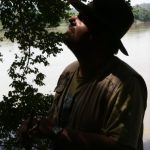
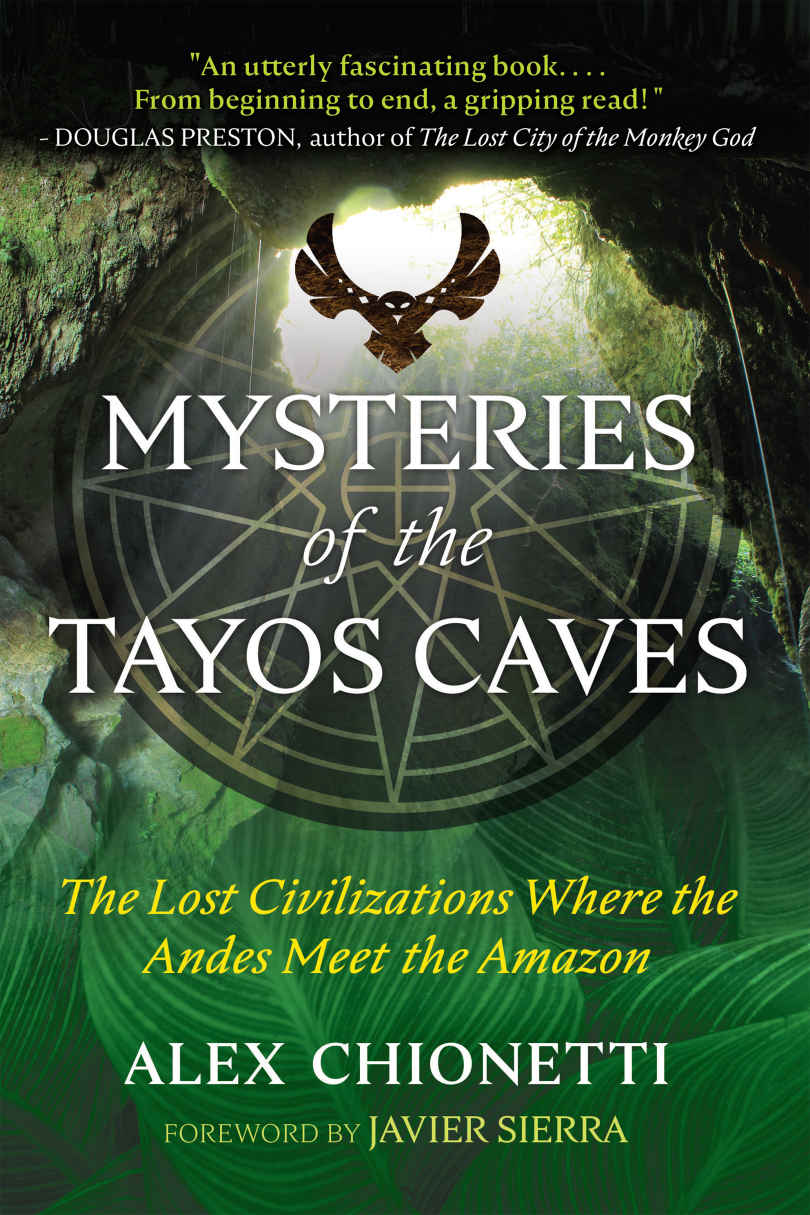


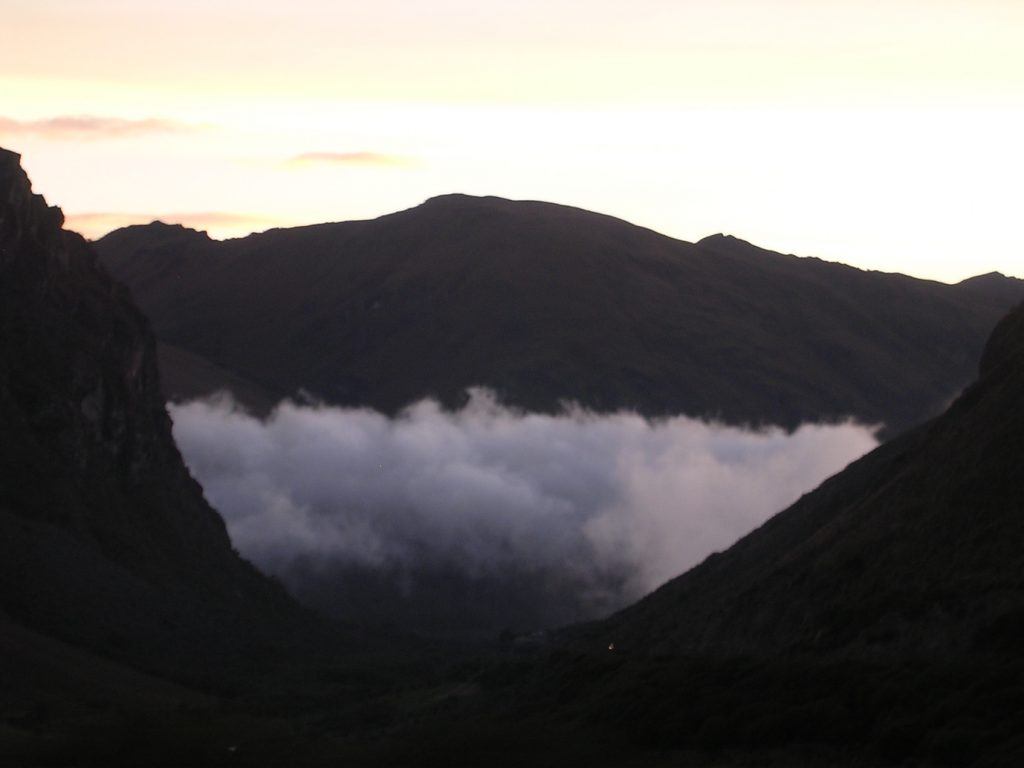
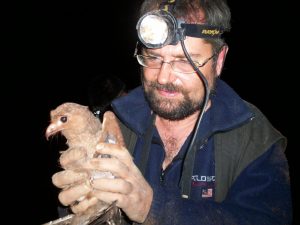
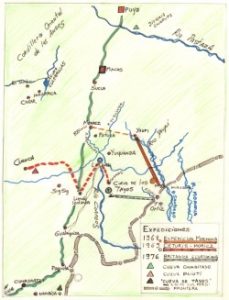

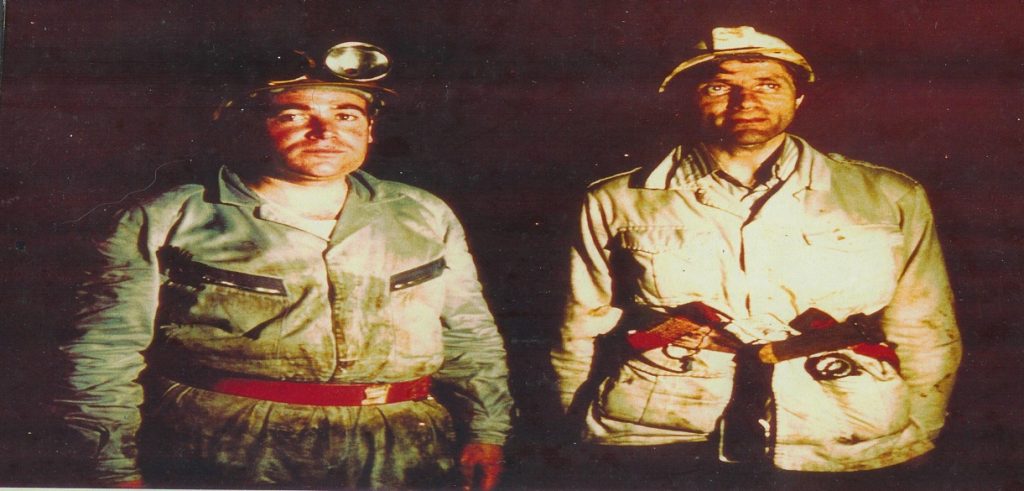

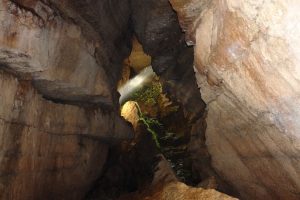

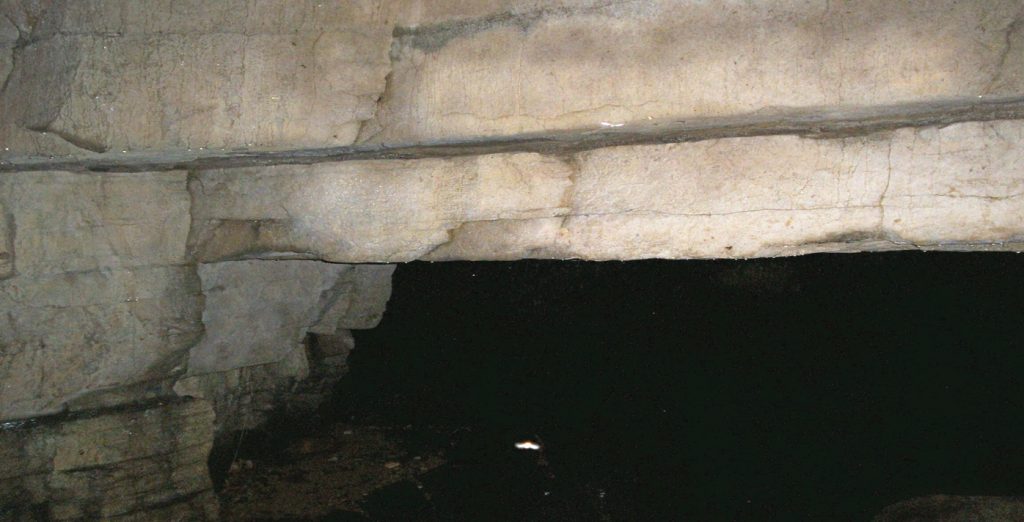
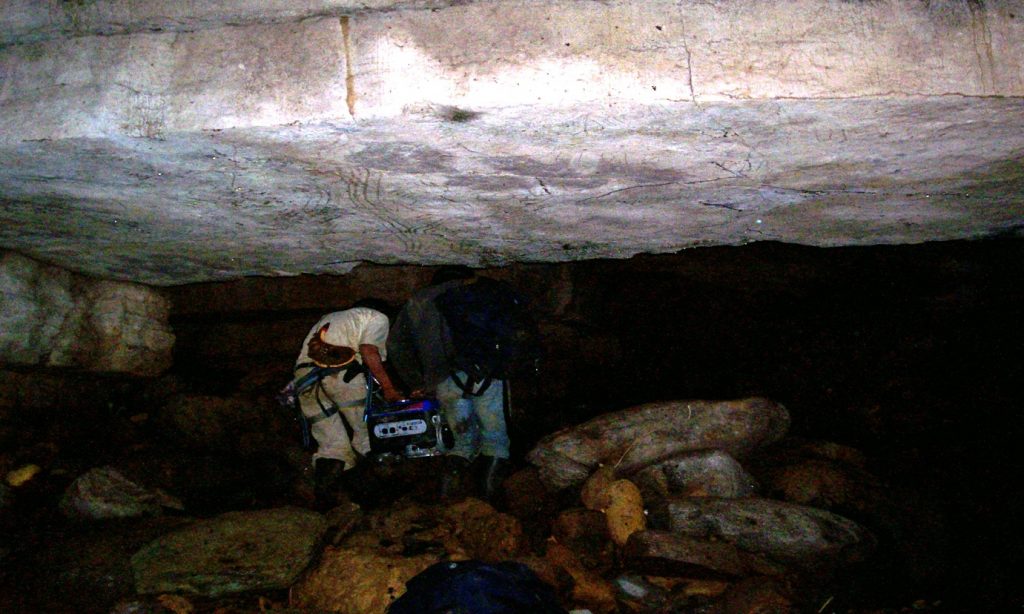






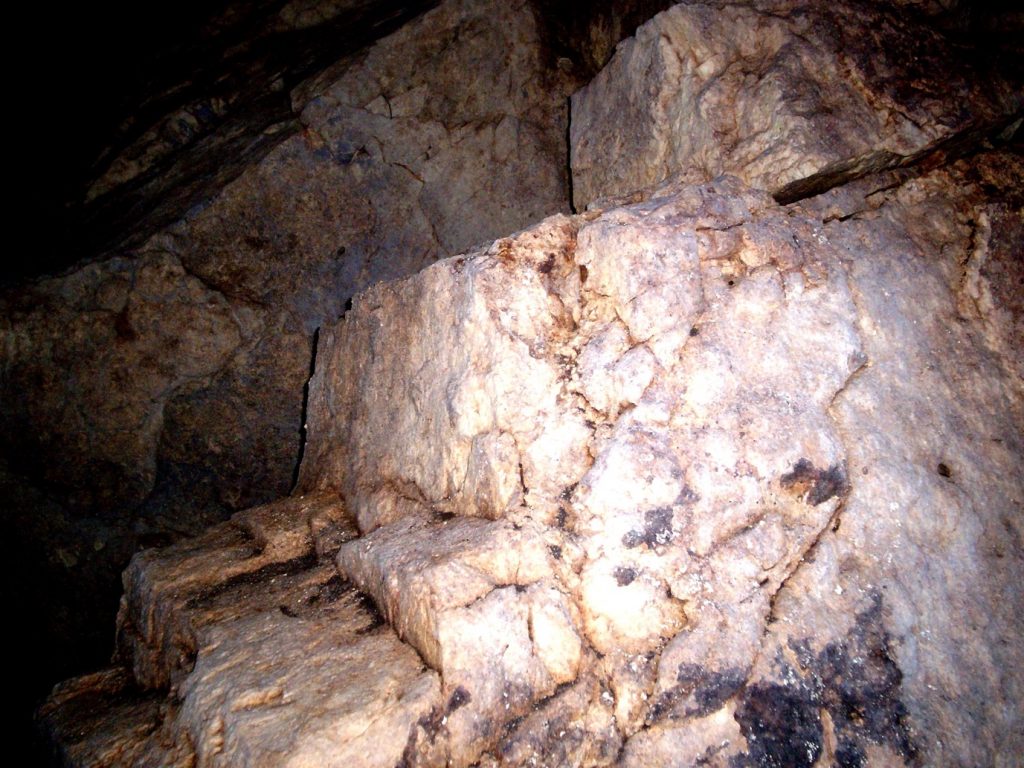
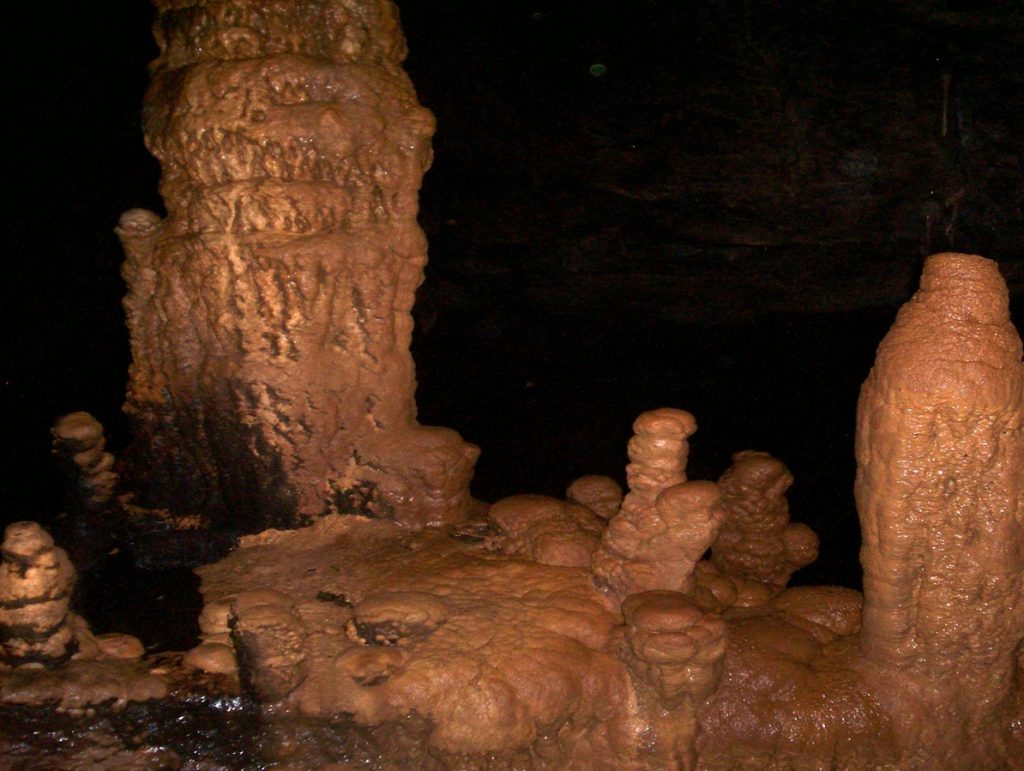
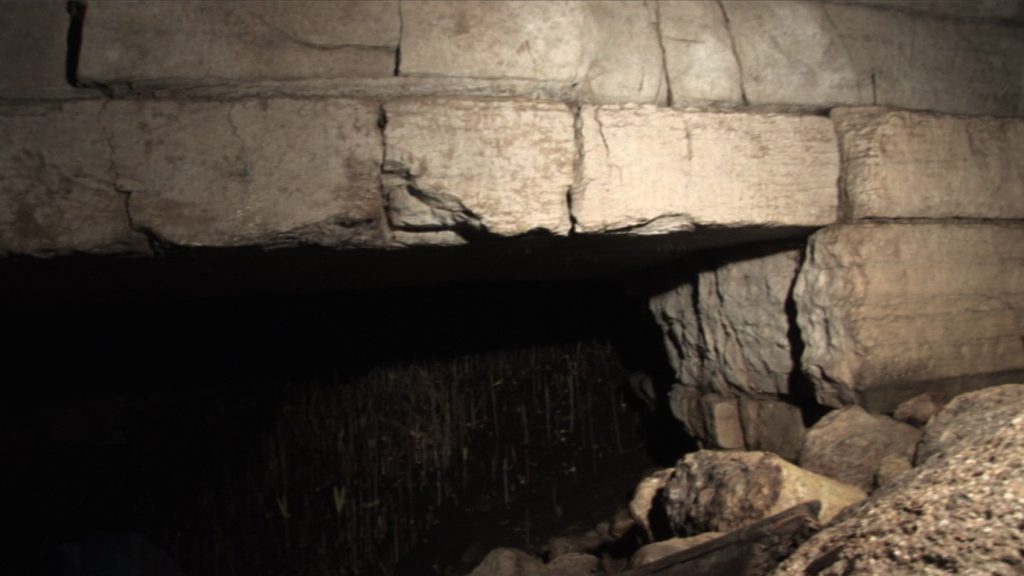
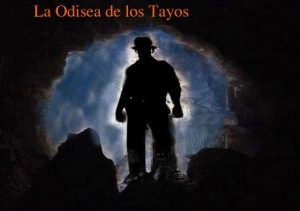



ABSOLUTELY FASCINATING, ENTIRELY BELIEVABLE. THE POLISHED AND ROUNDED EDGES OF THE MEGALITHIC STONES IS
CAPTIVATINGLY MYSTERIOUS – HOW WAS THIS ACHIEVED ? LIKE THE PRE-INCA MEGALITHS OF SACSAYHUAMEN IN PERU
WITH THEIR PERFECTLY FITTED STONES OF HUGE SIZES. WHAT CULTURE CREATED THEM ?
Fascinating! I watched a Spanish documentary where nearby Shuar or Jivaros tribe members are interviewed. They mention that in the expedition lead by Stanley Hall and Neil Armstrong, statues and boxes filled with artifacts were removed from the caves. Any idea of where these could have ended at? Will buy the book for more details on this incredible place!
Amazing!
So you invaded their sacred areas and then were chased off. And you made a petition to a white colonial government to advertise more invaders to disrupt their sacred spaces. And you are surprised they are angry?